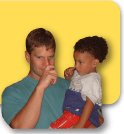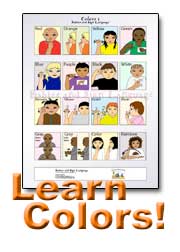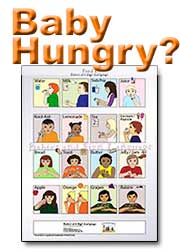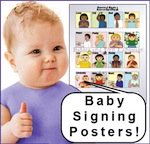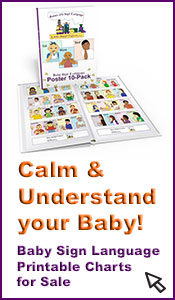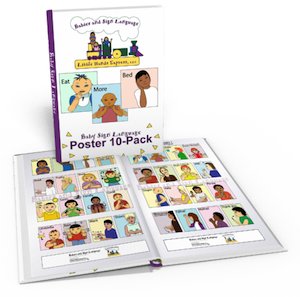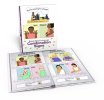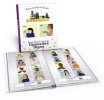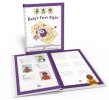Child Language Development and Acquisition in Babies, Toddlers, and Preschoolers
How do babies, toddlers, and preschoolers learn a language?
Language learning occurs naturally and without formal training for almost all children. Babies have an innate ability to recreate language simply by hearing it in their natural environment.
According to linguists like Noam Chomsky, language development in children is a very complex and largely misunderstood phenomenon. Research and case investigations have proven that language is learned sequentiallythrough approximate stages during ones first years of development.
Babies are exposed to language from the minute that they enter the world. Their world is inundated with words, sounds, sentences, and conversation. This early exposure to language, combined with an extreme sensitivity to sounds patterns, allows the baby to hear different sounds intonations and gain a reference for speech production.
Stages of language acquisition:
- This initial stage is extremely important in that it begins to lay the foundation for language communication. At this time your infant is absorbing vast amounts of information, while simultaneously attempting to mimic the sounds that they hear.
Repetitive vowel production is very common at this age/stage. Your baby hears sounds and then attempts to recreate them, leading to common utterances as ooo or aaa. This beginning stage of language development has been termed the "babbling" stage and typically occurs between six and eight months of age.
- The second stage of language development occurs between nine and eighteen months of age, (approximately) and is labeled as the one-word utterance stage. At this point in time the muscles and structures necessary to produce language are continuing to develop.
After much practice producing vowel sounds, your infant finds a need to communicate his/her needs and wants. Single words (or word approximations) begin to be produced at this stage. Most first words are used to label objects or people, and are typically used to describe the things that the child comes in contact with most often (ie. mama or drink.)
These words produced in isolation can also be approximations of complete thoughts. On many occasions the child might say book as a way of communicating I would like you to read me a story.
- Entering the "Two-Word" Phase
As one masters the production of words in isolation they then progress onto the two-word utterance stage during which they begin combining words to create more complex thoughts. For the typical child, this stage occurs between eighteen and twenty-four months of age. The primitive syntactic structures formed during this stage typically place words in the appropriate order. However, only the words necessary to communicate ones point are used.
Toddlers, Preschoolers and Language Development
It is during the telegraphic stage that most of the language development occurs. Researchers are awed by the progress that occurs during this brief period of time between twenty-four and thirty months of age! During this time, a childs vocabulary and sentence length increase rapidly, as well as their variety of sentence structures. Utterances during this stage are characterized by multiple words without the use of conjunctions (ex. water now instead of I would like to have some water now.)
At thirty months of age is when a child typically begins incorporating function words into their multi-word utterances. This second to last stage also sees a full range of sentence types including questions as well as more advanced grammatical and functional structure. It is in this multi-word stage that your child begins including comparatives, negations, conjunctions, and passives into their sentence production!
Native Language Milestone!
It is not until between the ages of five and seven that a child is classified as having near-native language production. At this time your preschool-aged child begins incorporating abstract thoughts and expressions into his or her advanced sentence structures.
Please note that the ages associated with each of these developmental stages are simply an approximation - as there are many 'typically' developing children who reach these stages slightly later (or earlier) than the average.
Many parents become concerned when their child has not demonstrated the typical language abilities of other children of similar age, but there is typically no reason for concern. As long as a child has properly functioning hearing anatomy and is exposed to language, delayed speech typically resolves itself by the age of four.
So rest assured knowing that it all will happen in time, and relatively quickly at that! So until this language development soars, be sure to keep communicating with your little one in all positive methods possible! :-)
Return from "Baby, Toddler, Child Language Development"
to "Baby Sign Language" Startpage

